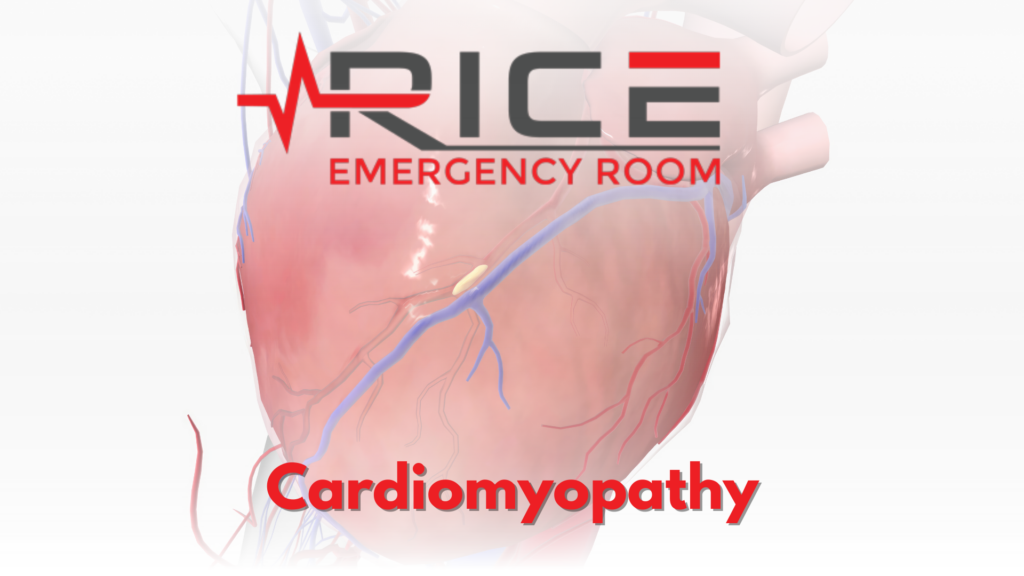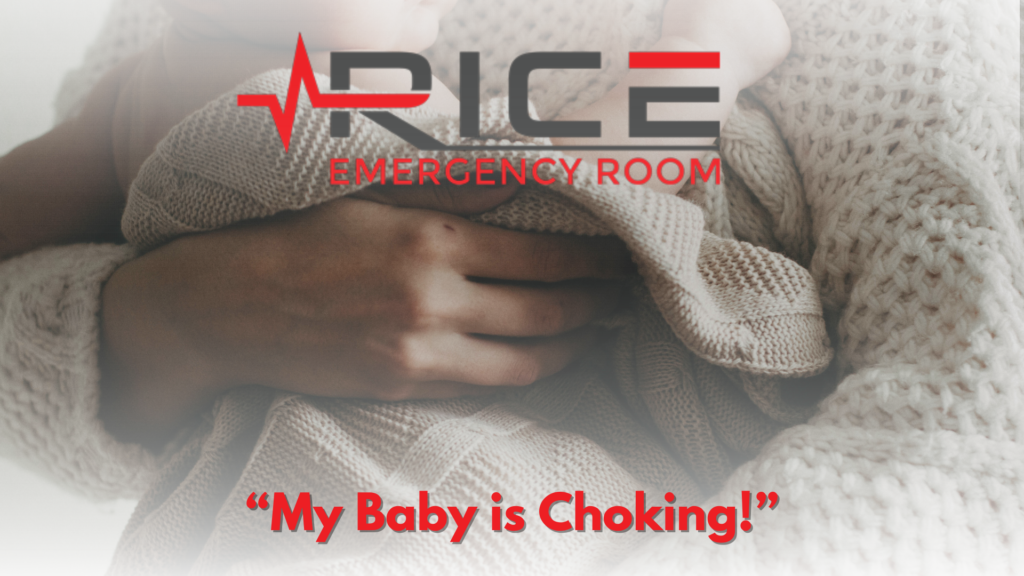How to know if you’ve broken a bone is always a question we get in the emergency room. Accidents happen, sometimes resulting in injuries that may include broken bones. Recognizing the signs of a fracture is crucial for prompt and effective treatment. Let’s discuss the key indicators of a broken bone and how to provide immediate care.
Understanding Fractures: Symptoms and Types
Fractures, commonly known as broken bones, occur when there is a break in the continuity of the bone. The symptoms of a fracture can vary depending on the severity and type of fracture. Common signs that may indicate a broken bone, including pain, swelling, bruising, and limited mobility in the affected area.
Pain is often the most immediate and noticeable symptom. It may be a sharp or intense pain, particularly when attempting to move the injured part. The level of pain can also be influenced by the extent of the fracture and the involvement of surrounding tissues.
Swelling is another common sign of a broken bone. When a bone breaks, blood vessels can be damaged, leading to swelling in the surrounding tissues. The injured area may appear larger than usual, and there might be visible bruising as well.
Bruising occurs due to the accumulation of blood beneath the skin. This is a result of small blood vessels breaking during the injury. The presence of bruising can further confirm the likelihood of a fracture.
Limited mobility is a key indicator that something may be wrong. If you find it difficult or impossible to move a specific body part after an injury, it could be due to a broken bone. The pain and swelling associated with fractures often contribute to reduced range of motion. (WebMD)
Determining the severity and type of fracture is crucial for appropriate medical intervention. There are different types of fractures, such as open fractures, stress fractures, and greenstick fractures. An open fracture involves a break in the skin, while a stress fracture results from repetitive stress on the bone. Greenstick fractures are more common in children and occur when the bone bends but doesn’t break completely. (Verywell Health)
Seeking Professional Evaluation
It is essential to seek medical attention if you suspect a broken bone. Experts emphasize the importance of consulting a healthcare professional for a proper diagnosis and treatment plan. Delaying treatment for a fracture can lead to complications and prolonged healing times. A healthcare provider will typically conduct a physical examination, evaluate your symptoms, and may order imaging tests such as X-rays to confirm the presence and extent of the fracture. Timely and accurate diagnosis is crucial for the implementation of an effective treatment plan. (Cleveland Clinic)
First Aid Measures
While awaiting professional medical assistance, there are some general first aid measures you can take to alleviate pain and prevent further injury. Immobilize the injured area by using a splint or sling. Applying ice to reduce swelling and elevating the injured limb can also be beneficial.
It’s crucial to note that these first aid measures are temporary and should not replace professional medical evaluation. A healthcare provider will provide specific instructions based on the type and location of the fracture.
When to Head to the ER
Recognizing the signs of a broken bone is essential for prompt and effective treatment. Pain, swelling, bruising, and limited mobility are common indicators, and seeking professional medical evaluation is crucial for an accurate diagnosis. Understanding the different types of fractures and following appropriate first aid measures can contribute to better outcomes in the recovery process.
Rice Emergency Room is your community ER resource. We are open 24/7, 365 and have onsite radiology and labs that deliver fast results. Knowing a diagnosis helps you get the right course of treatment and avoid serious complications.
Works Cited
“Understanding Fracture Symptoms.” WebMD, www.webmd.com/a-to-z-guides/understanding-fractures-symptoms.
Rod Brouhard, EMT-P. “Signs You Might Have a Fracture and What to Do.” Verywell Health, 5 May 2023, www.verywellhealth.com/do-i-have-a-broken-bone-4143129.
professional, Cleveland Clinic medical. “Bone Fractures: Types, Symptoms & Treatment.” Cleveland Clinic, my.clevelandclinic.org/health/diseases/15241-bone-fractures.




